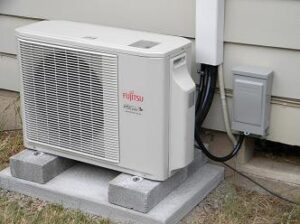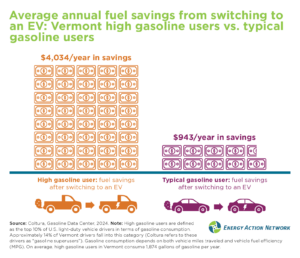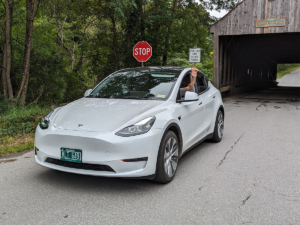
Maximize your Home’s Efficiency and Save!
It takes a lot of energy to stay warm in Northern New England. Over 70% of Vermonters rely on fossil fuels to heat their homes and buildings. This heavy reliance on imported fossil fuels imparts a high-cost on Vermonters’ pocketbooks – and the planet. Thankfully, there are cleaner, less-costly, more efficient, and healthier ways to stay warm in Vermont’s cold-climate. There is also a great resource available to help explore the solutions that could work best for you.



